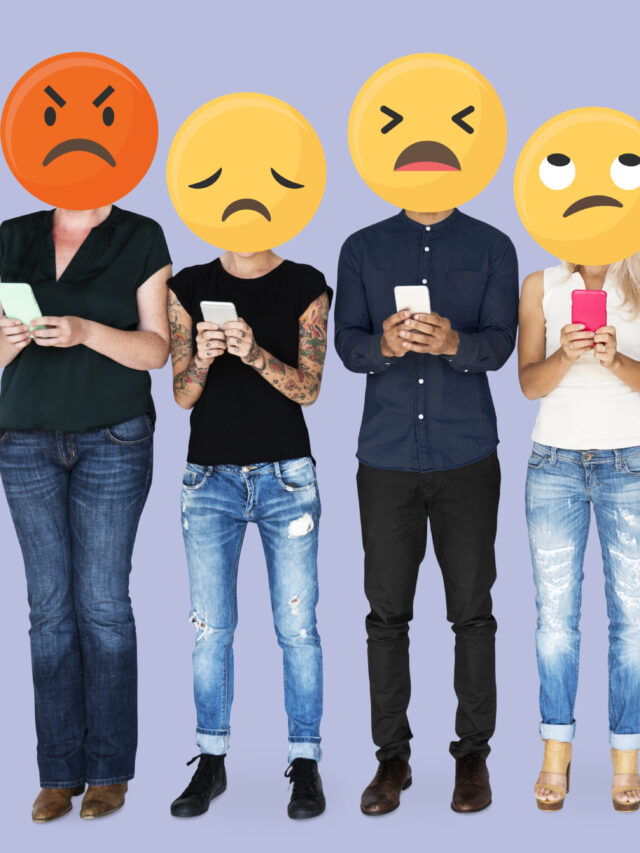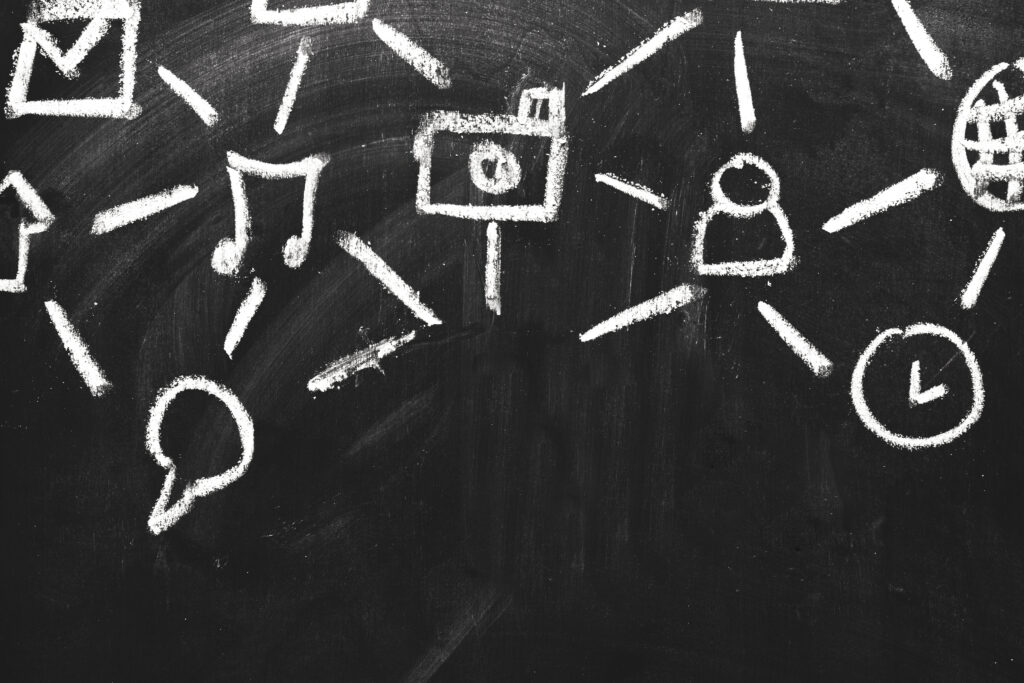
The topic of social media, which I am going to write about in this blog, is quite common nowadays. You may wonder what’s new in this, and I agree that nothing is new on this topic. It has been discussed and debated for years, and it may even be flagged as ‘Low Value Content’ by Google. Nevertheless, I am writing about it because I believe that as individuals, we consistently need to flag how social media is challenging our intelligence and emotional vulnerabilities.
Table of Contents
Is social media responsible for rising cases of depression?
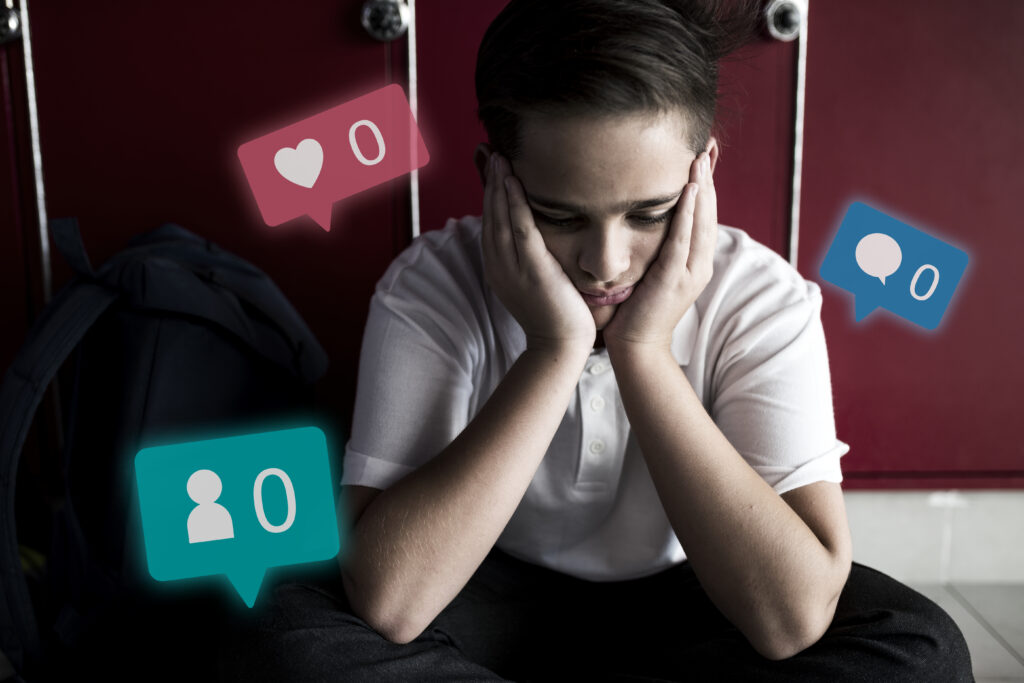
You all must have seen a Netflix documentary “The Social Dilemma”. As per this documentary, the number of hospitalizations due to depression, self-harm, and suicide rose significantly by 62 per cent since 2011 in teen girls (ages 15-19) in the United States. Similarly, this number has increased by 189 percent in younger teen girls (ages-10-14) in the United States since 2009.
According to the documentary, the same pattern was observed in the rates of suicides, which had increased 70 percent in older teen girls and 151 percent in younger teen girls compared to 2001–2010. This documentary argues that early exposure to social media platforms has been one reason for the dramatic rise of depression and self-harm among youths, especially teens. (If you haven’t watched this documentary yet, then watch it.)
Now let’s discuss some reasons that are often considered responsible for causing mental health problems, especially among adolescents.
- Social Comparison: It is common knowledge that social media tends to showcase an unrealistic and idealized version of people’s lives, which often doesn’t reflect reality. Unfortunately, teenagers often fall into the trap of comparing their lives to these perfect images, leading to feelings of low self-esteem and inadequacy.
- Body Shaming: On social media platforms like Instagram, beauty tends to be highly valued. Many filters are even introduced to enhance someone’s appearance and make them look more attractive. However, what happens when a teenage boy or girl does not have the perfect physique? We all know that social media apps are open platforms where anyone can comment on anyone else, often disregarding an individual’s self-respect and dignity. Unfortunately, there is a high probability that a child may experience body shaming if they do not meet society’s standards for physical perfection.
- Validation: On social media, the focus seems to be on accumulating likes and followers. Many of us strive for the highest number of likes, comments, and followers. Unfortunately, this trend is leading to a harmful cycle of seeking validation among younger generations. Depending on these online validations can result in feelings of anxiety and depression.
- Pressure to maintain online persona: Many individuals create a separate persona on social media to increase their likes and followers. However, this persona differs from their true personality. To maintain their social media following, they must consistently uphold this false persona. This can result in unnecessary pressure and potentially lead to stress and depression.
- Addiction: It is well-known that social media use can be addictive, leading individuals to neglect real-life responsibilities and potentially harm their mental health.
Are these reasons really responsible for causing mental health?
We all know, consciously or subconsciously, that social media has negative effects on our psychological and mental well-being. But no direct relation can be established. However, the following studies, conducted by various organizations/institutions give some idea about the impact of social media on mental health.
- In 2019, JAMA Pediatrics published a study ‘Association of Screen Time and Depression in Adolescence’ (Link here: JAMA Pediatrics) where they examined the association between various types of screen time and depression in adolescence. The study reveals that repeated exposure to idealized images lowers adolescents’ self-esteem, triggers depression, and enhances depression over time. The study further reveals that youths who are already depressed may worsen their condition by the information they consume on social media.
- Pew Research Centre, in its ‘Teens and Cyberbullying 2022’ report (Link: Pew Research Centre) reveals that almost half of US teens have been bullied or harassed online for physical appearance.
- A survey conducted by the Royal Society for Public Health (RSPH) in the UK found that platforms like Instagram and Snapchat can have a particularly negative impact on the mental health of young people, with issues related to body image, self-esteem, and anxiety being linked to the pressure to receive likes and comments on posts.
- Recently, as per the article published by Cures, Journal of Medical Science (Khalaf A M, Alubied A A, Khalaf A M, et al. (August 05, 2023) The Impact of Social Media on the Mental Health of Adolescents and Young Adults: A Systematic Review. Cureus 15(8): e42990. doi:10.7759/cureus.42990) higher usage of social media is associated with internalising and externalising difficulties among adolescents, especially females. Their study also relates social media usage with body image problems and disordered eating, especially among young women.
These studies have shown that social media can hurt the mental health of young people. These findings cannot be ignored, and governments, social media companies, and civil societies must develop mechanisms to monitor the use of social media by young people. Practical solutions are needed to address this problem and not just empty rhetoric.
One practical solution would be for social media applications to limit the amount of time a user can spend on their platform. This limit could be based on the user’s age and the number of hours spent on social media.
For example, Facebook could limit usage of their application for specific age groups during certain hours of the day.
Moreover, social media companies should take a proactive stance against bullying and threats on their platforms. They should identify instances of bullying on their own and block the perpetrator from using the app, rather than waiting for someone to report the incident.
Is Social Media Polarising the World?
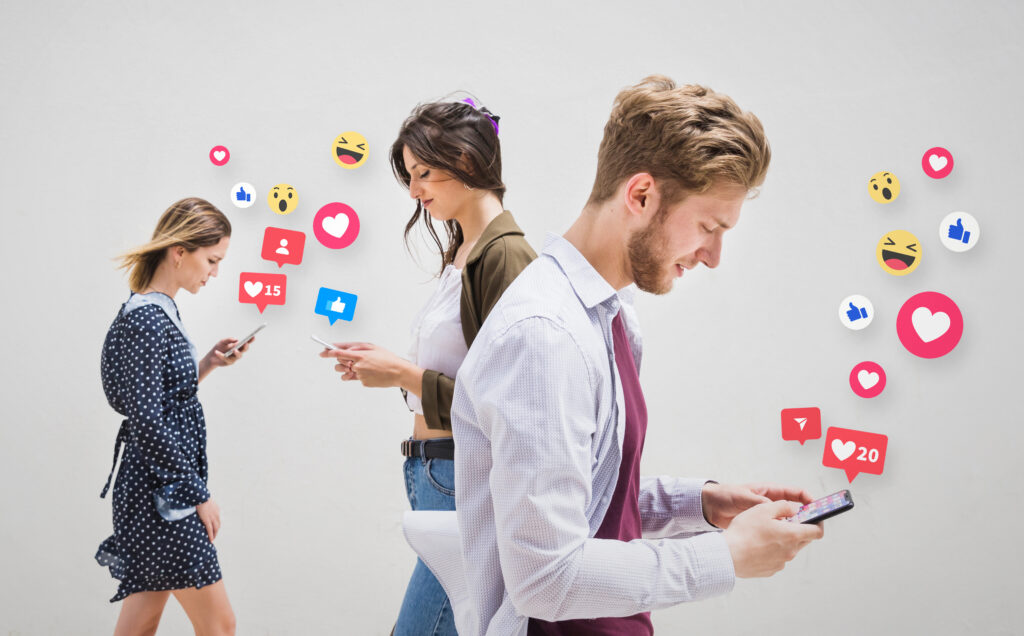
We live in a world that is becoming increasingly polarized. We seem to have forgotten the art of being centrist and instead, every individual has an opinion on every issue, regardless of their knowledge or expertise on the matter.
For instance, when Hamas, a Palestinian organization, attacked Israel on 6th October 2023, millions of tweets were posted in favour of both sides. However, it was clear from the content of these tweets that many people had little understanding of the depth and seriousness of the issue at hand.
Social media algorithms are designed in a way that they always show us what we want to see. Whenever we like any social media post or content, we inform the social media algorithms about our likes and beliefs. Thereafter, social media served us content based on our likes, beliefs, and perceptions only. This is called the echo-chamber effect.
If we consume content that aligns with our presumptions or beliefs only, we limit our ability to develop reasoning skills. It’s important to expose ourselves to diverse views and perspectives, to form a reasonable opinion on any particular issue. Unfortunately, social media algorithms are preventing us from doing so. Instead, they reinforce our existing ideas and make us more radical in our thinking.
Let me give you a real-life example. A few years back, a young girl, who lost her father in a war, tweeted about the consequences of a war. But, instead of understanding her pain of losing a father she was trolled by millions of radicalized people of that country for which she lost her father. However, any individual with reasonable thinking, who would have read about all aspects of war, would never do that.
Whether public opinion is being manipulated with the help of social media to win elections?
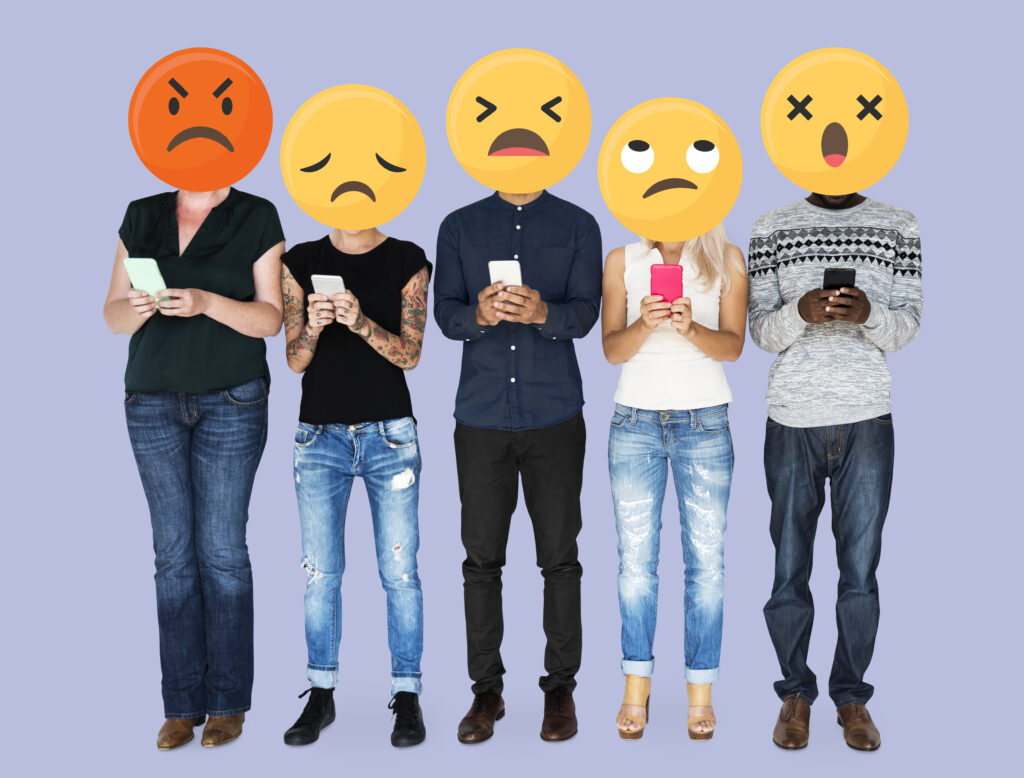
We all know about the Cambridge Analytica scandal, in which personal data from millions of Facebook users was harvested and used to target political ads during the 2016 US presidential election.
Just after few hours after HAMAS attacked Israel on 6 October 2023, I saw a video posted on a social media app by a ruling political party of a democratic nation where the political party conveniently used misinformation, lies, and the horrors of the Palestine-Israel war for its benefits. What does it reflect? Let’s talk about it.
Misinformation, or information disorder, is easily spread by social media propagandists with millions of followers. It can take many forms, such as fake news, conspiracy theories, and misinformation campaigns. Social media platforms with their vast user base and instant dissemination capabilities are breeding grounds for such disorder.
In addition, social media platforms are being used (or deliberate cooperation?) by propagandists to evoke strong emotional responses through sensationalist headlines, provocative imagery, and triggering content. By manipulating emotions such as fear, anger, or excitement, propagandists can easily manipulate public opinion and shape collective consciousness.
Another technique used by propagandists is astroturfing, where fake accounts or bots are used to create the illusion of widespread support or opposition to a particular cause. These fake accounts amplify the reach and impact of propaganda by artificially inflating engagement metrics and creating the perception of a grassroots movement.
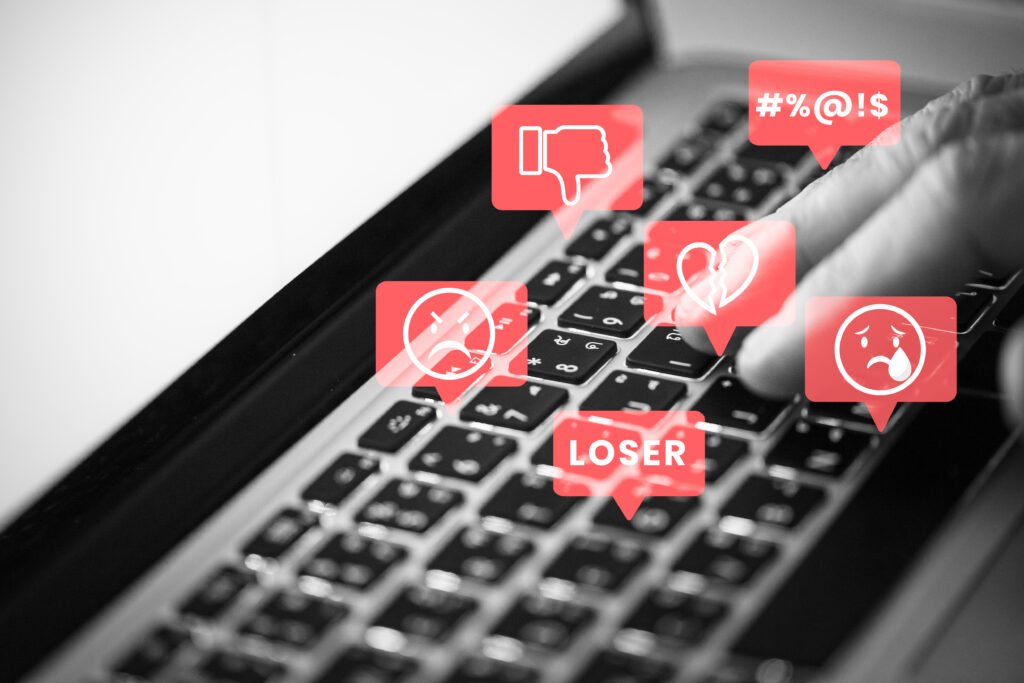
In such a polarised world where opinions can be manipulated on the basis of propaganda and misinformation, the importance of traditional media, viz, print, or electronic media, in our lives has increased manyfold. Similarly, fact-checking websites are a necessity. However, most importantly, it is up to us to decide whether we want to grow as a reasonable thinker based on diverse reading and learning or like to be manipulated by someone who challenges our intelligence.
Conclusion
The influence of social media on our lives is undeniable, but it comes with both benefits and drawbacks. I tried to explore how social media affects mental health, particularly among adolescents, shedding light on issues like depression, self-esteem, body image, and addiction. Multiple studies have shown that social media can have a negative impact on young people’s mental well-being, indicating the need for greater awareness and intervention.
Furthermore, I touched upon the role of social media in polarization, where echo chambers and algorithm-driven content can reinforce existing beliefs and hinder critical thinking. The manipulation of public opinion through misinformation campaigns and emotional manipulation is a growing concern. As we navigate the digital age, it is imperative that we continue to scrutinize the impact of social media on our lives and take proactive measures to address these challenges.






